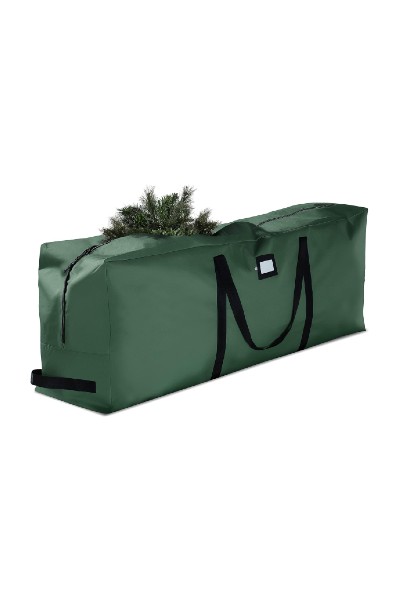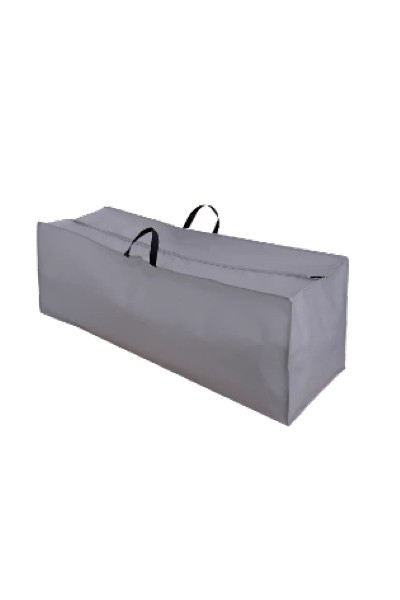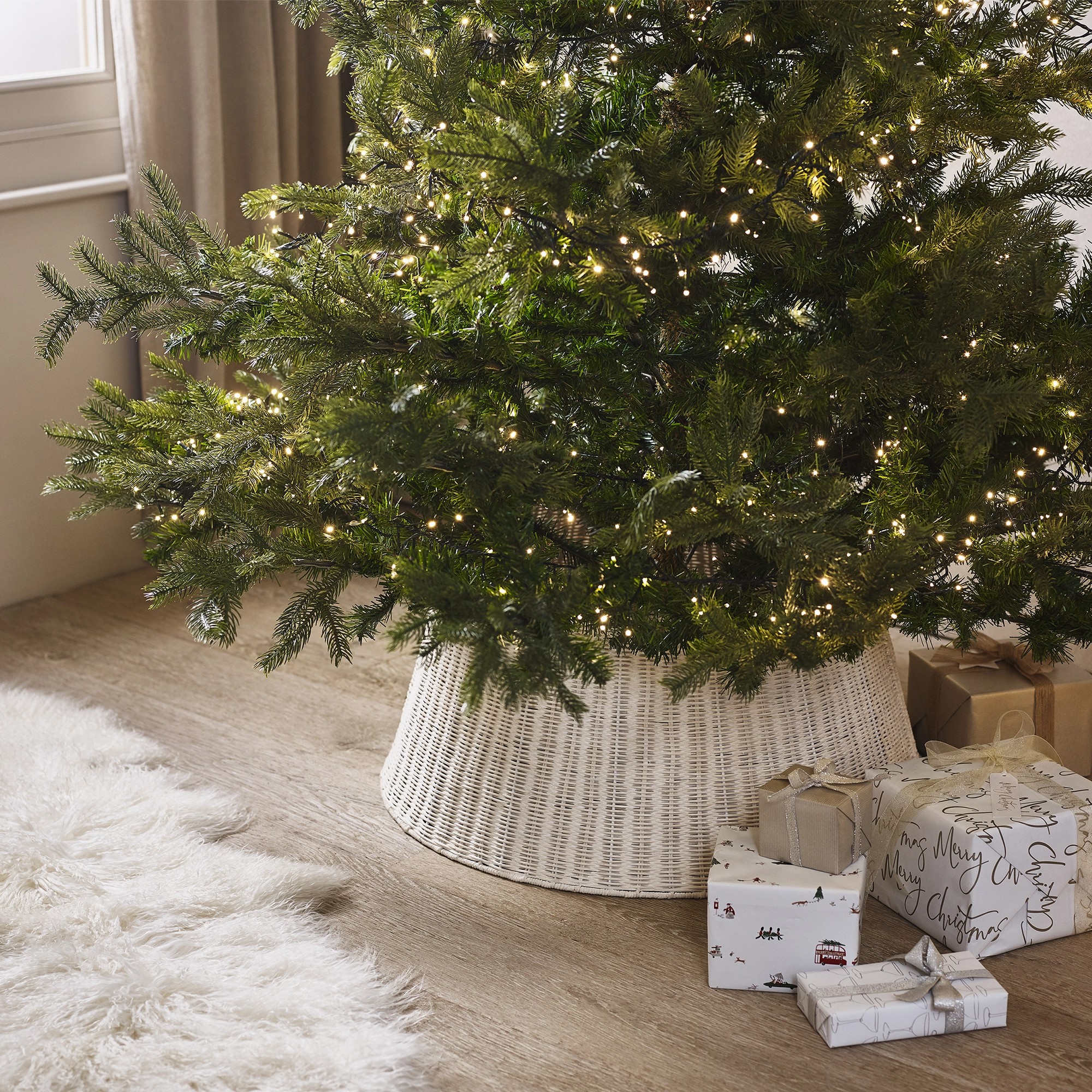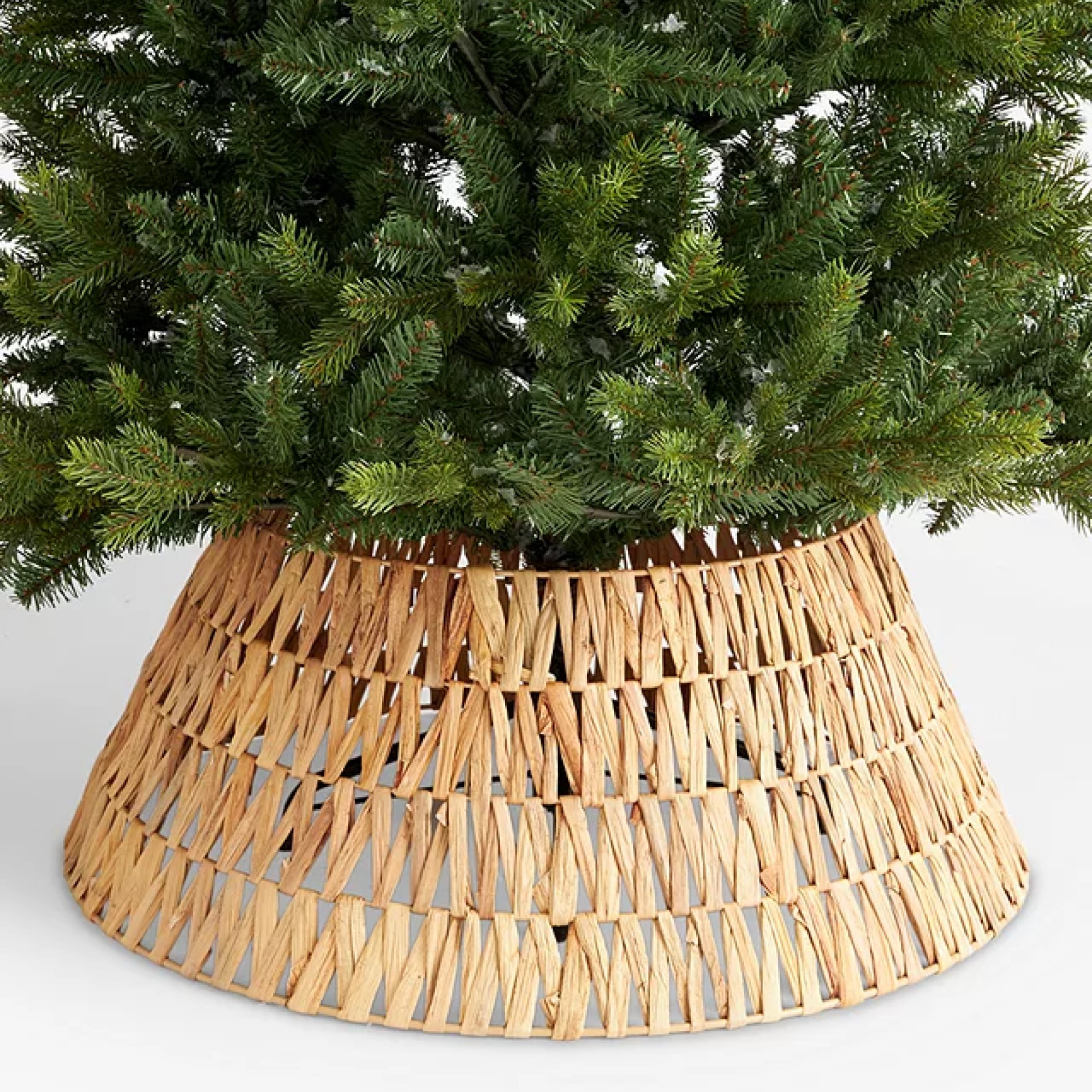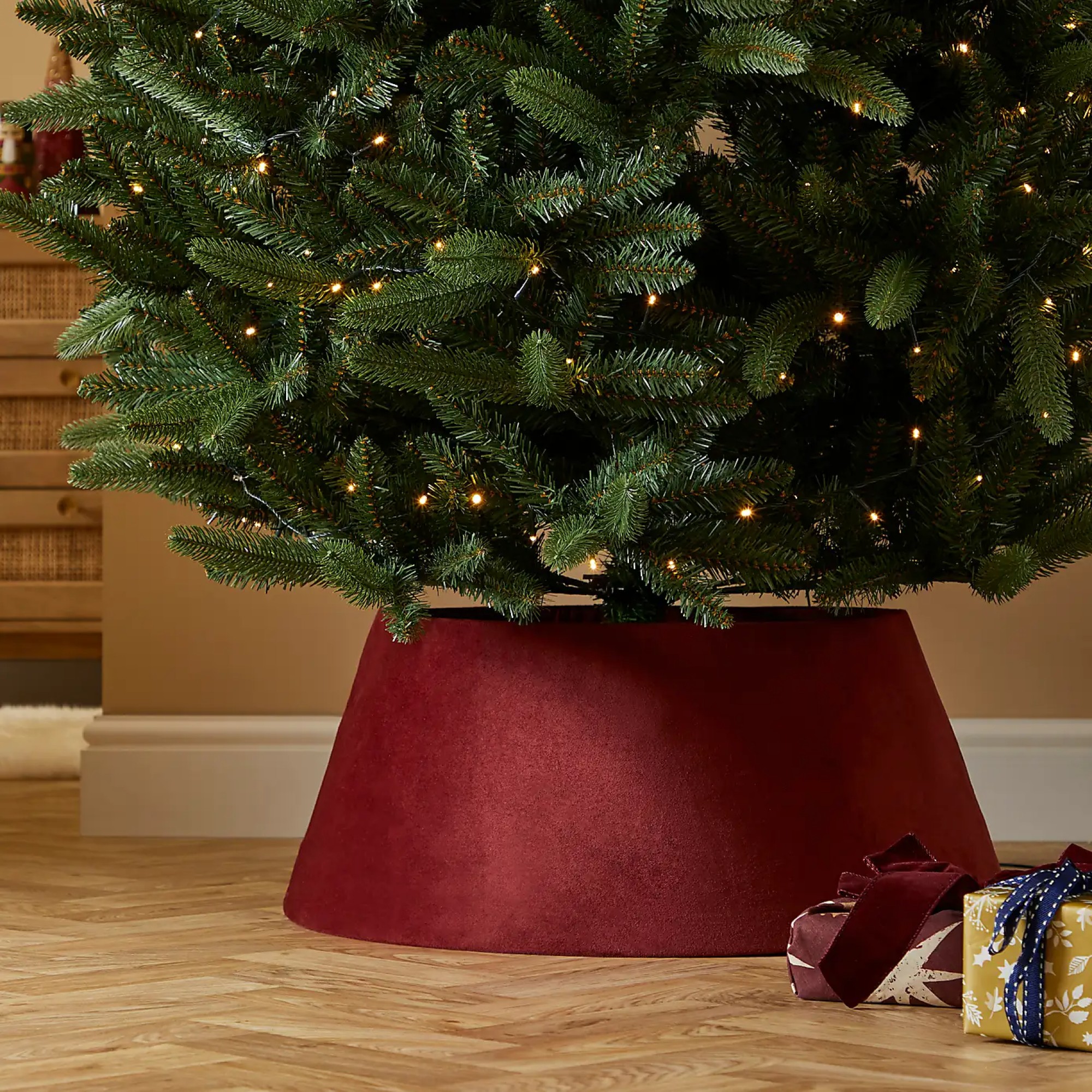5 things I wish I knew before I bought my artificial tree this Christmas – don’t make the same mistakes
These are the artificial Christmas tree buying mistakes best to be avoided
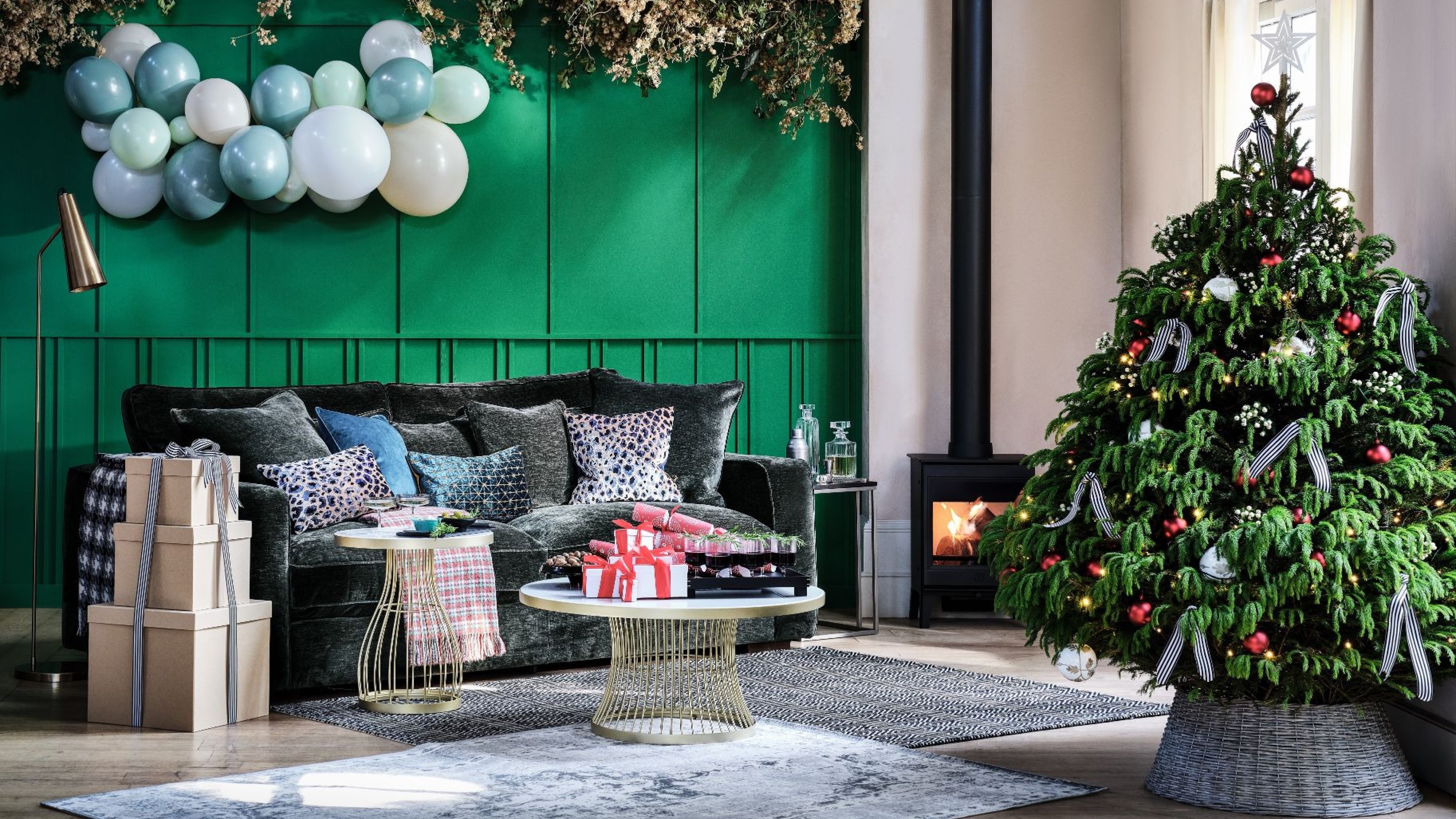

The big tree weekend of 2023 is here! If you haven’t already invested in your Christmas tree this festive season, then this weekend marking the beginning of December is the perfect time. But if you’re buying artificial this year, then there are some key Christmas tree buying mistakes you should avoid making.
There are a few factors you need to consider to choose the best artificial Christmas tree for your needs. And these are some essential tips that I wish I knew myself before picking my own tree. You live and you learn after all.
But there is still plenty of time before you head out on your artificial Christmas tree hunt today. And trust me, these expert tricks will save you money and a lot of headache from trying to solve the self-created issues.
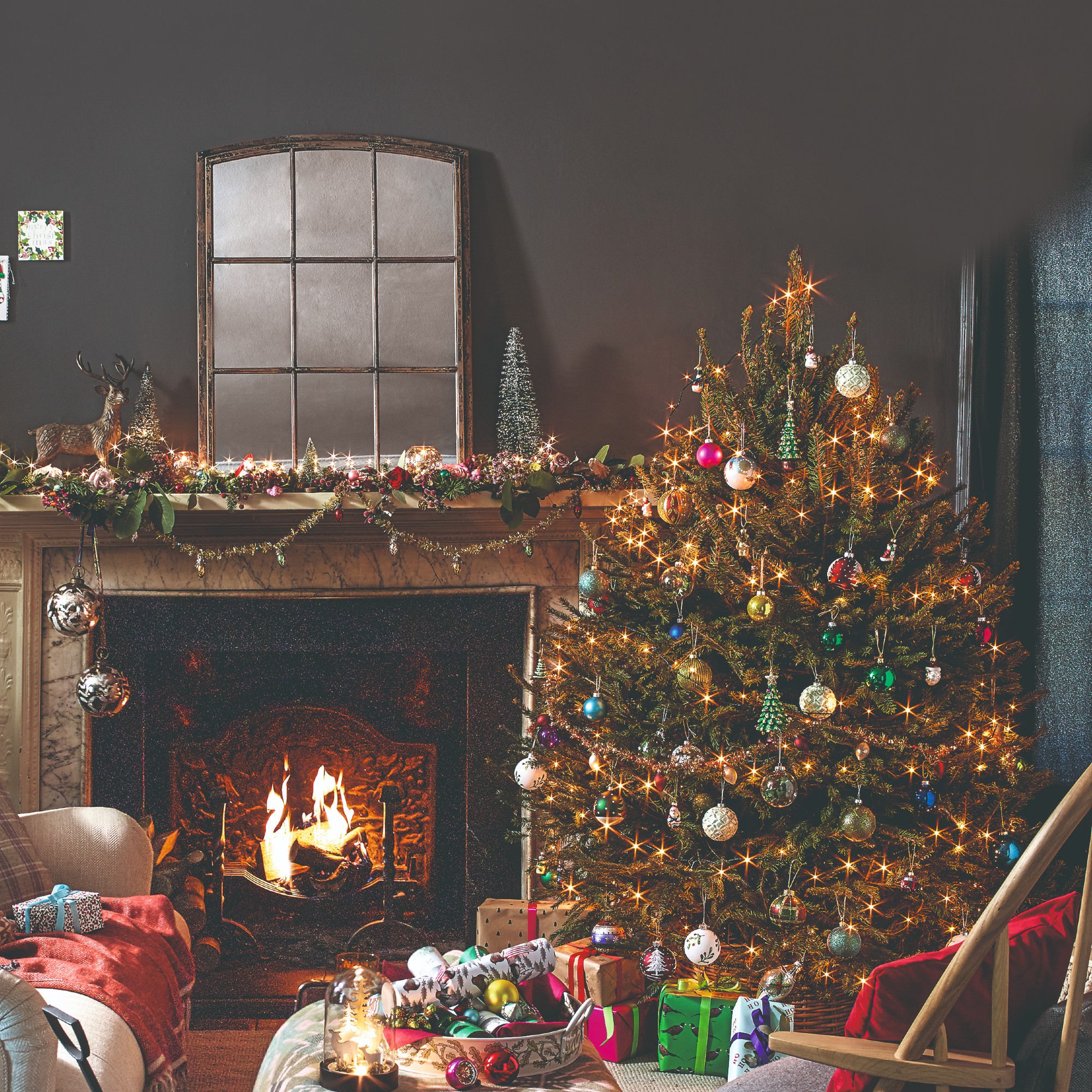
5 artificial Christmas tree buying mistakes
It’s important to make a considered, informed and pre-planned decision when choosing your artificial Christmas tree rather than falling for the first Christmas tree trend you come across.
Establishing where you’re putting your Christmas tree and measuring the area before leaving the house is key. As is knowing your needs and preferences.
‘Finding the perfect Christmas tree for your space is important,’ says Ben Wightman, product expert at Christmas Tree World. ‘Trees are designed to be focal points during the festive season, so you want them to complement your interiors and fit well in the space.’
So these are 5 things you should think about when choosing your perfect artificial Christmas tree.
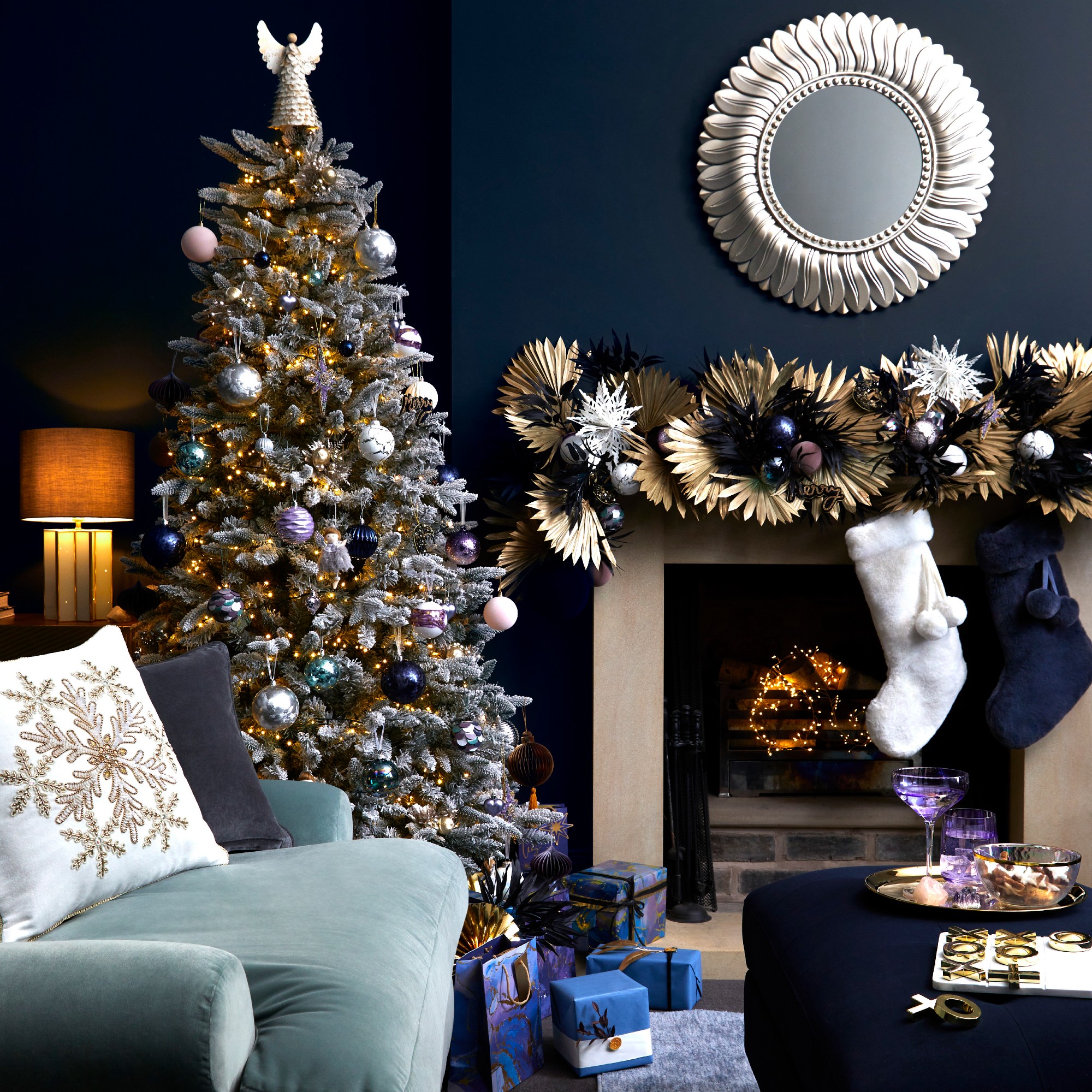
1. Pick the right size – not just height
Picking the right size is tied to the spot you choose for your tree. Which is why you need to determine that first. But when thinking about the size of your tree, don’t just think about height as most do. But also the width. And don’t forget - the measuring tape is your best friend here.
‘First and foremost you want to think about where your tree is going to be displayed. This will have a big impact on the size and shape of the tree you go for,’ confirms Jennifer Derry, chief merchandise and design expert from Balsam Hill. ‘Once you’ve settled on where your tree is going, you should measure the space to see what you have available to you.’
Ben continues, ‘Measuring the height and width of the area is an important step, this allows you to figure out what size tree will fit comfortably and removes any risk of buying a tree that is either too big or too small.’
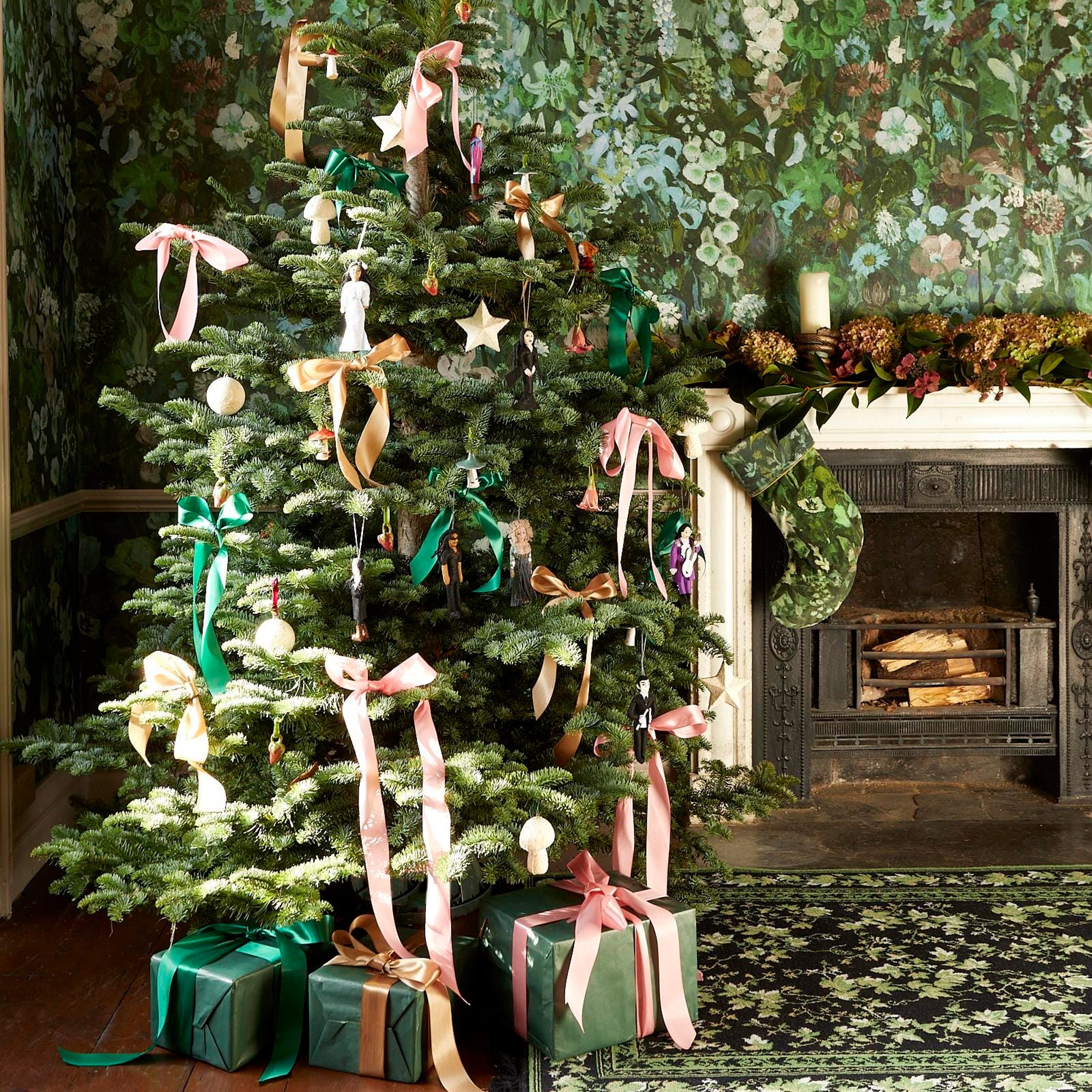
‘Work out the maximum height limit, this means getting out a measuring tape and checking the distance from the floor to the ceiling. Once you have your measurement you should then subtract a foot so that your artificial Christmas tree can fit without your topper scraping the ceiling.’
In terms of the ideal width of your tree, there is a slightly more complicated formula that should be applied as explained by Ben. ‘To find out how wide a Christmas tree you can fit in your home, you need to measure the maximum square footage of your preferred spot. For this, measure the length and width of your space, subtract a foot from each of those measurements and then multiply them together. So, if your space’s length is 3ft and its width is 4ft, then the maximum square footage would be 2ft x 3ft, which equals 6 ft.’
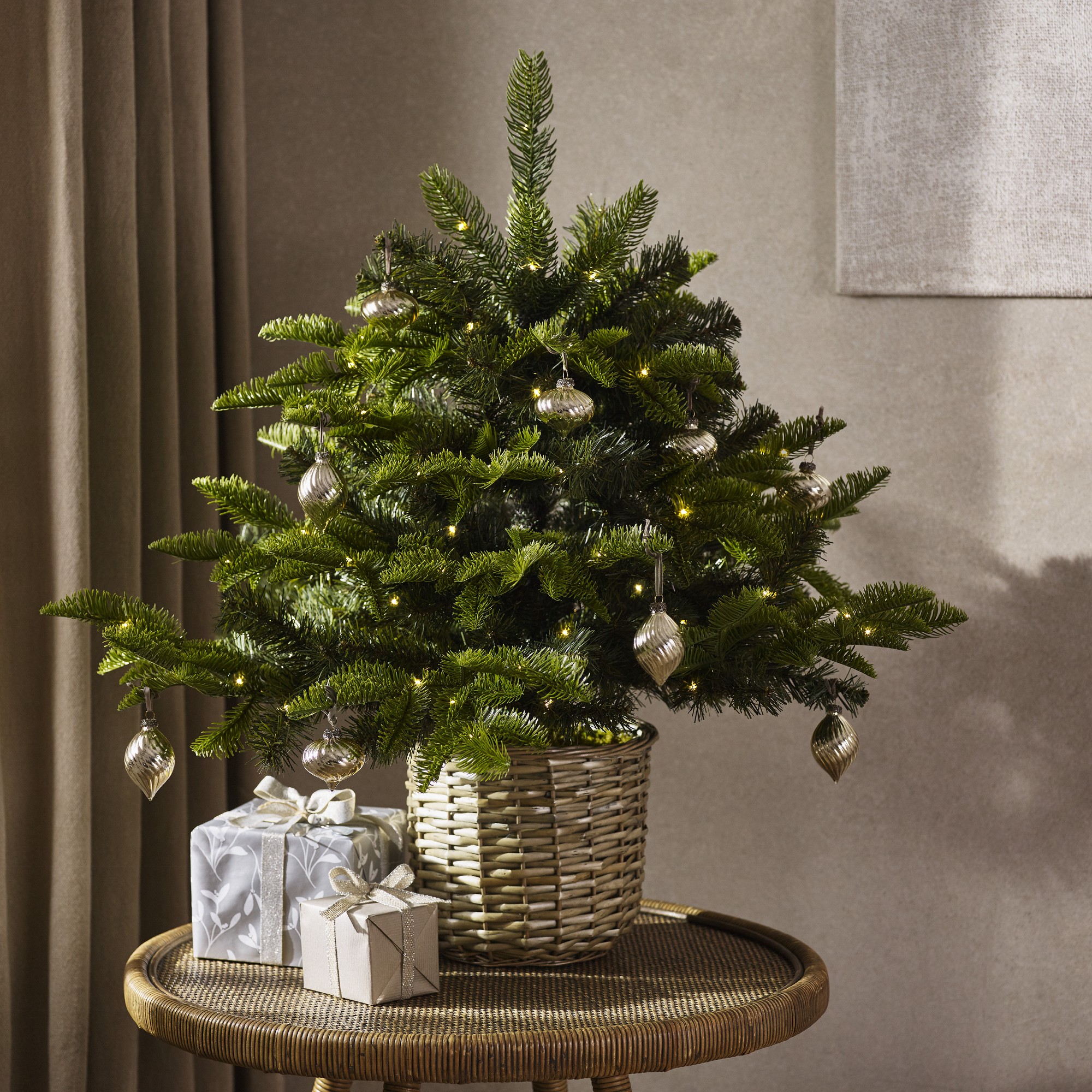
If the amount of space is a struggle, opt for small or slim trees which are the best tree sizes for a small room to avoid a cramped look.
‘A tight squeeze always looks a little ill-thought-out, and it's tricky to dress a tree pushed against furniture,’ says Danielle LeVaillant, head of photography and film at Cox & Cox. ‘But if space doesn't allow, we love to get creative. Why not try a smaller table top tree on a sideboard or console table?’
2. Pre-lit vs non-lit

Choosing between a pre-lit and a regular artificial Christmas tree comes down to preference as both come with pros and cons.
‘Pre-lit trees will always offer the perfect placement of lights, and it takes one stressful step out of getting the tree ready with no extra snaking lengths or short extensions,’ Danielle says in favour of the pre-lit trees.
On the other hand, the non-lit ones are more timeless though. ‘If you want to experiment with your decor, you might choose an unlit forever faux because it affords you creative freedom with lights, and you can opt for cluster lights one year, pastel bulbs, or candle lights the next,’ she concludes.
3. Quality
While a cheap and cheerful tree of lower quality might look attractive in the short term, it might not be the best long-term choice.
‘I would recommend taking into consideration the quality of your tree. As well as being designed to last so that you can enjoy it year after year, this could also have an impact on the realism of your artificial tree,’ Jennifer explains. ‘What’s more, investing in a quality tree that you’re sure to love for years to come is a great way to help ensure your tree also has less of an environmental impact.’
And having an artificial tree that looks as realistic as possible is the ultimate goal after all.
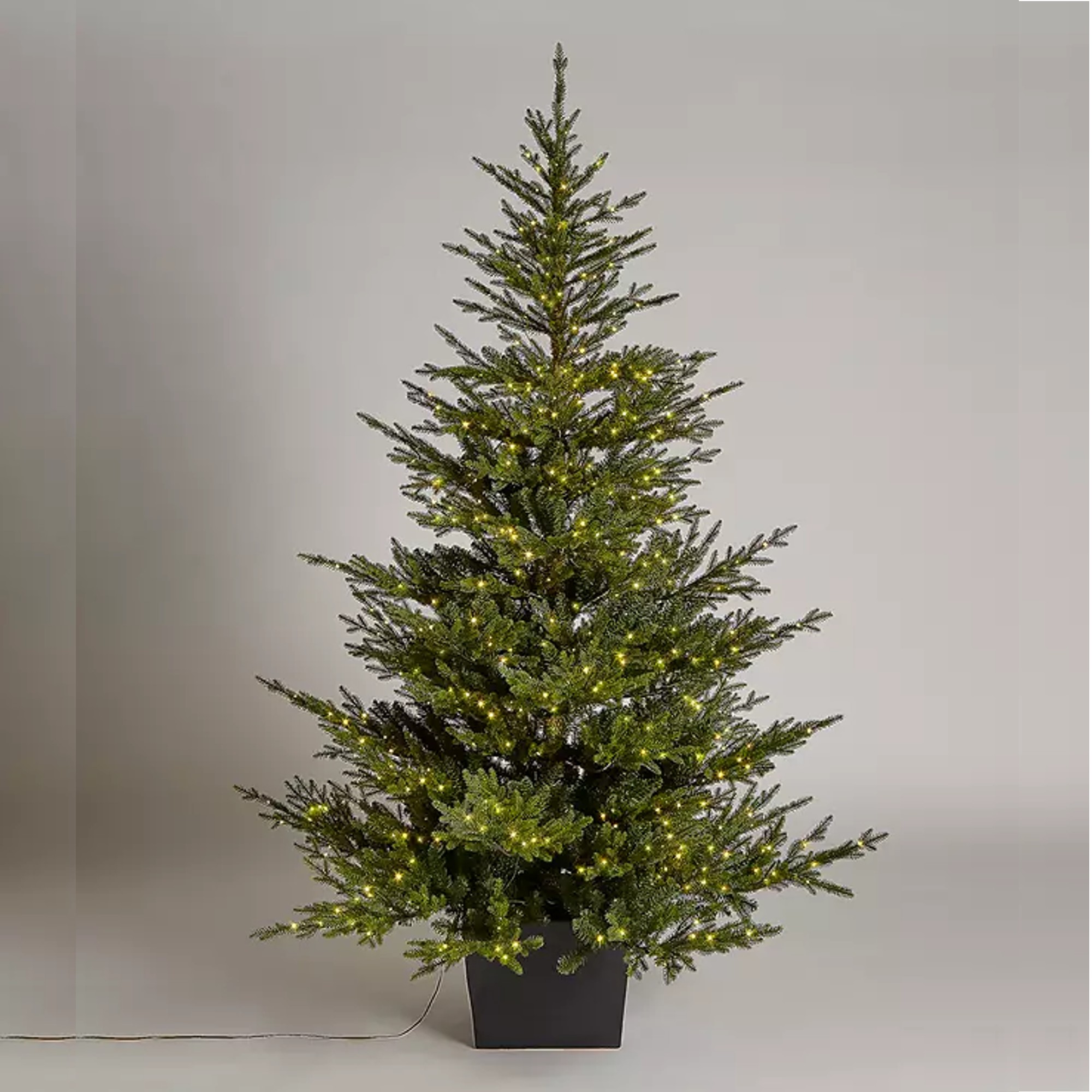
This is one of the most realistic artificial Christmas trees we've come across. It has a super-generous 4725 bushy branch tips, is pre-lit for hassle-free decoration, and comes with stylish display pot included. Just what we asked Santa for.
4. Storage
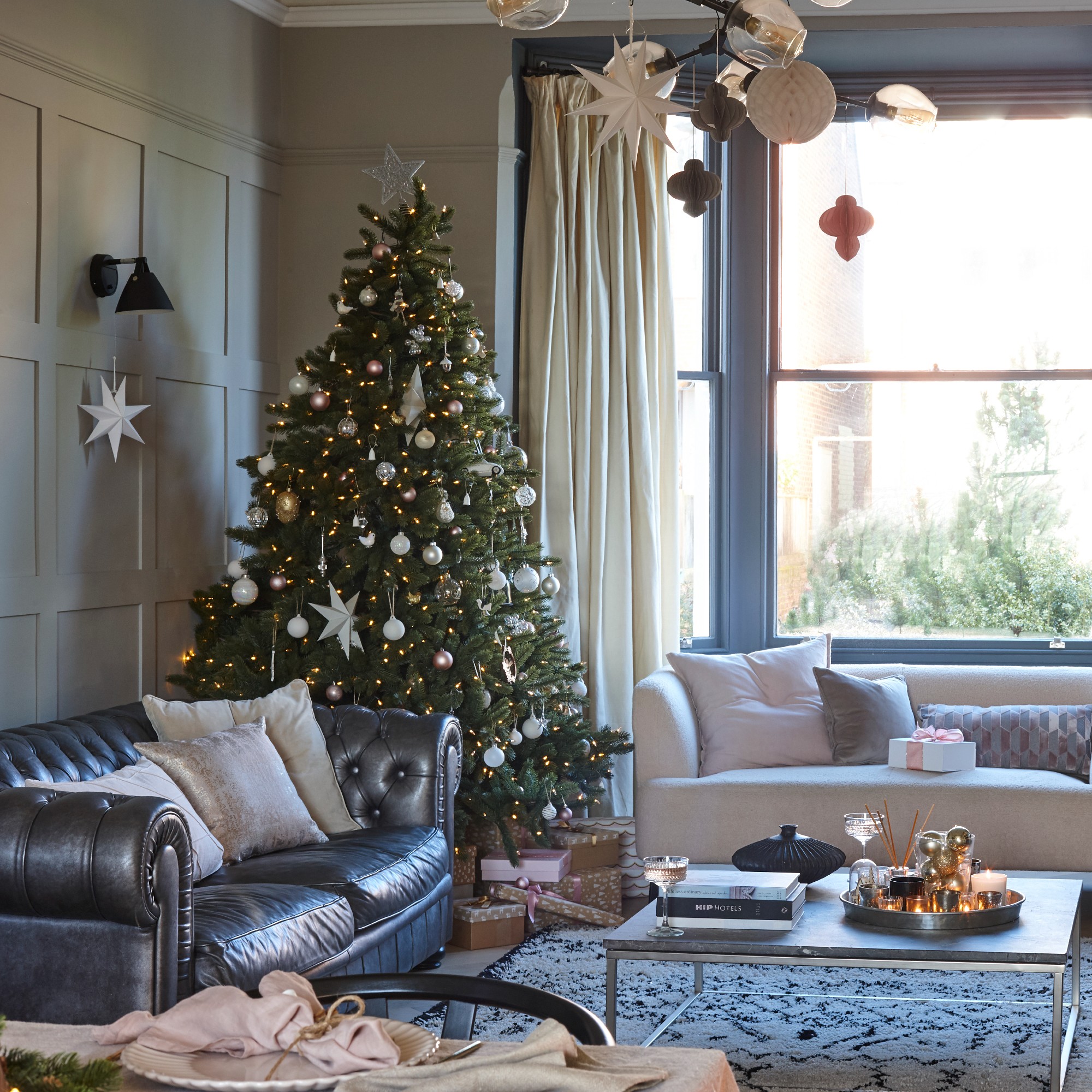
Much like considering the space you have to display your tree, you should also think about the amount of space you’ll have for storing your Christmas tree away once the holidays are over.
‘It's true that 7ft+ faux trees take up space,’ Danielle starts.
Ben continues, ‘Storage methods should definitely be taken into consideration when purchasing a new artificial tree, if you want your tree to last for a long time, compact and secure storage is key. Having a tree that can be easily deconstructed and stored away means it will be better shielded from dust, pests and environmental factors like mould that may cause damage over time. We recommend investing in a good storage method, like a storage bag to protect your tree between the holiday seasons.’
‘For large trees, it might be wise to store the wide base section in one bag and the upper two sections in another for easy transportation to the loft or garage,’ Danielle adds.
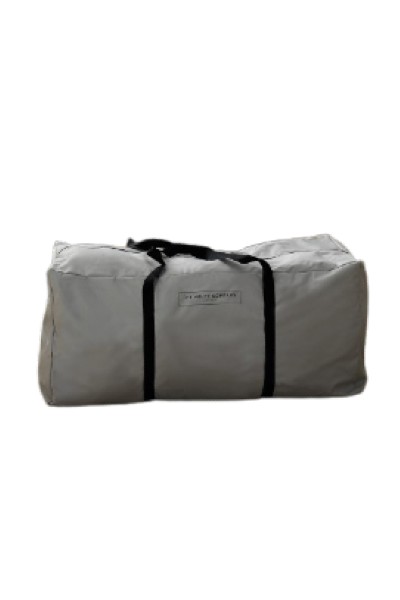
From the makers of one of our favourite faux trees, you can trust this storage bag is up to the job of protecting your tree. The handy bag includes extra space for decorations and is zip-locked, with sturdy cotton handles for easy manoeuvring.
5. Look of the base
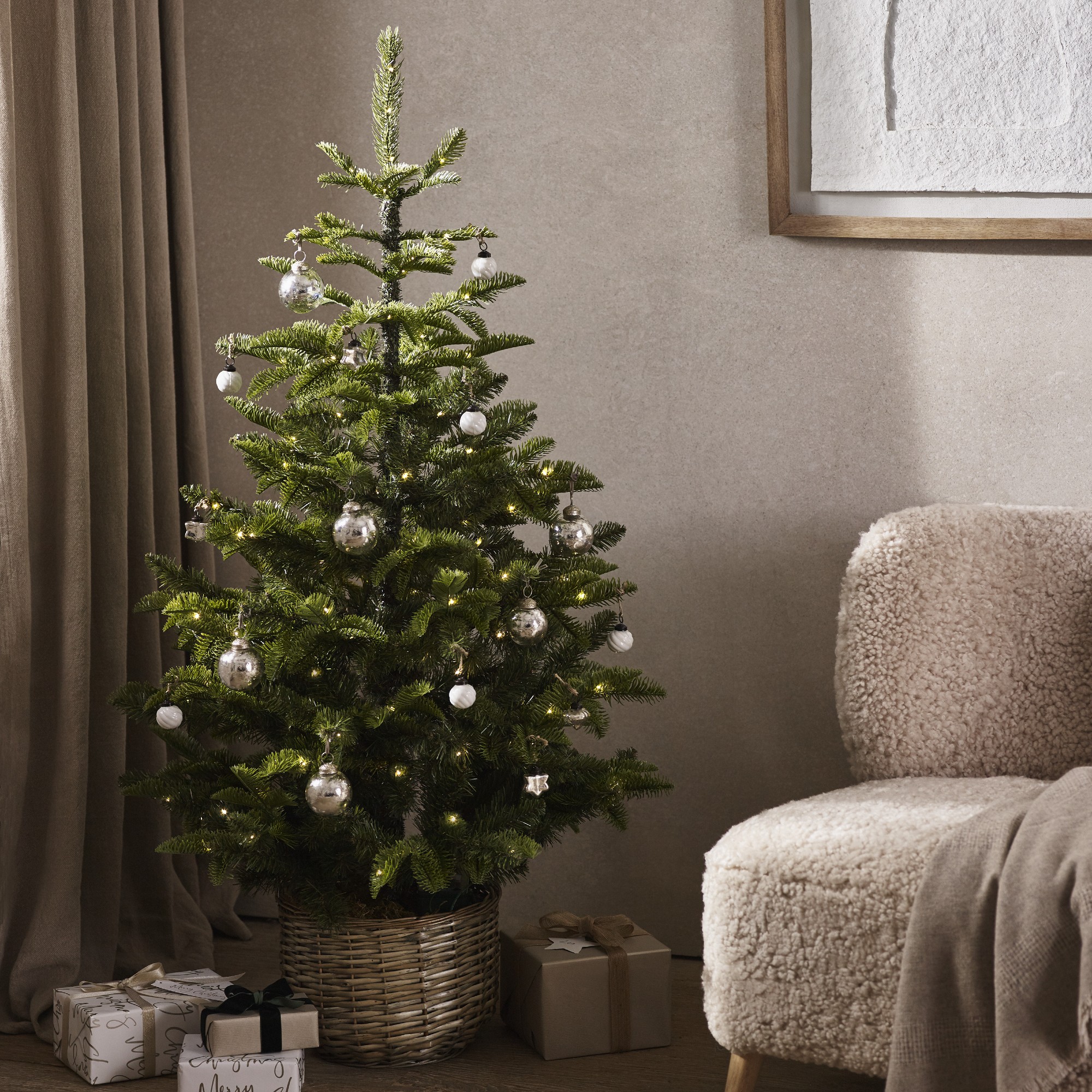
While this might not be a make or break point, it is definitely one to think about as the base of a tree can be the part that reveals the fake nature of your tree most clearly. That’s why options that come in a basket like this 4.5ft Pre-Lit Christmas Tree from The White Company.
An alternative solution is investing in a tree skirt to make your tree look more expensive. ‘All artificial trees come with their own base that is designed to withhold the diameter of your tree,’ Ben explains. ‘If you want to elevate and make the base of your tree more sturdy, then we recommend adding a tree skirt. A solid tree stand can also help to prevent your tree from getting knocked over by pets. The type of tree skirt you choose is up to you and there are plenty of materials to choose from.’
Now you should be all set to go get your artificial Christmas tree. Good luck and happy shopping!
Get the Ideal Home Newsletter
Sign up to our newsletter for style and decor inspiration, house makeovers, project advice and more.

Sara Hesikova has been a Content Editor at Ideal Home since June 2024, starting at the title as a News Writer in July 2023. She is now also the Ideal Home Certified Expert in Training on Furniture, and so far has tested 80 different sofas.
Graduating from London College of Fashion with a bachelor’s degree in fashion journalism in 2016, she got her start in niche fashion and lifestyle magazines like Glass and Alvar as a writer and editor before making the leap into interiors, working with the likes of 91 Magazine and copywriting for luxury bed linen brand Yves Delorme among others.
-
 Will a conservatory add value to your home and how can you maximise it?
Will a conservatory add value to your home and how can you maximise it?This is what the pros say
By Amy Reeves
-
 I’ve been looking for a new signature scent for my home and The White Company's new fragrance is the exact summer holiday smell I needed
I’ve been looking for a new signature scent for my home and The White Company's new fragrance is the exact summer holiday smell I neededSantorini smells fresh, summery and sophisticated
By Kezia Reynolds
-
 How to remove algae from garden walls in five steps – and the cleaning product experts rave about for tackling it fast
How to remove algae from garden walls in five steps – and the cleaning product experts rave about for tackling it fastExperts share their top tips for getting garden walls algae-free
By Katie Sims
-
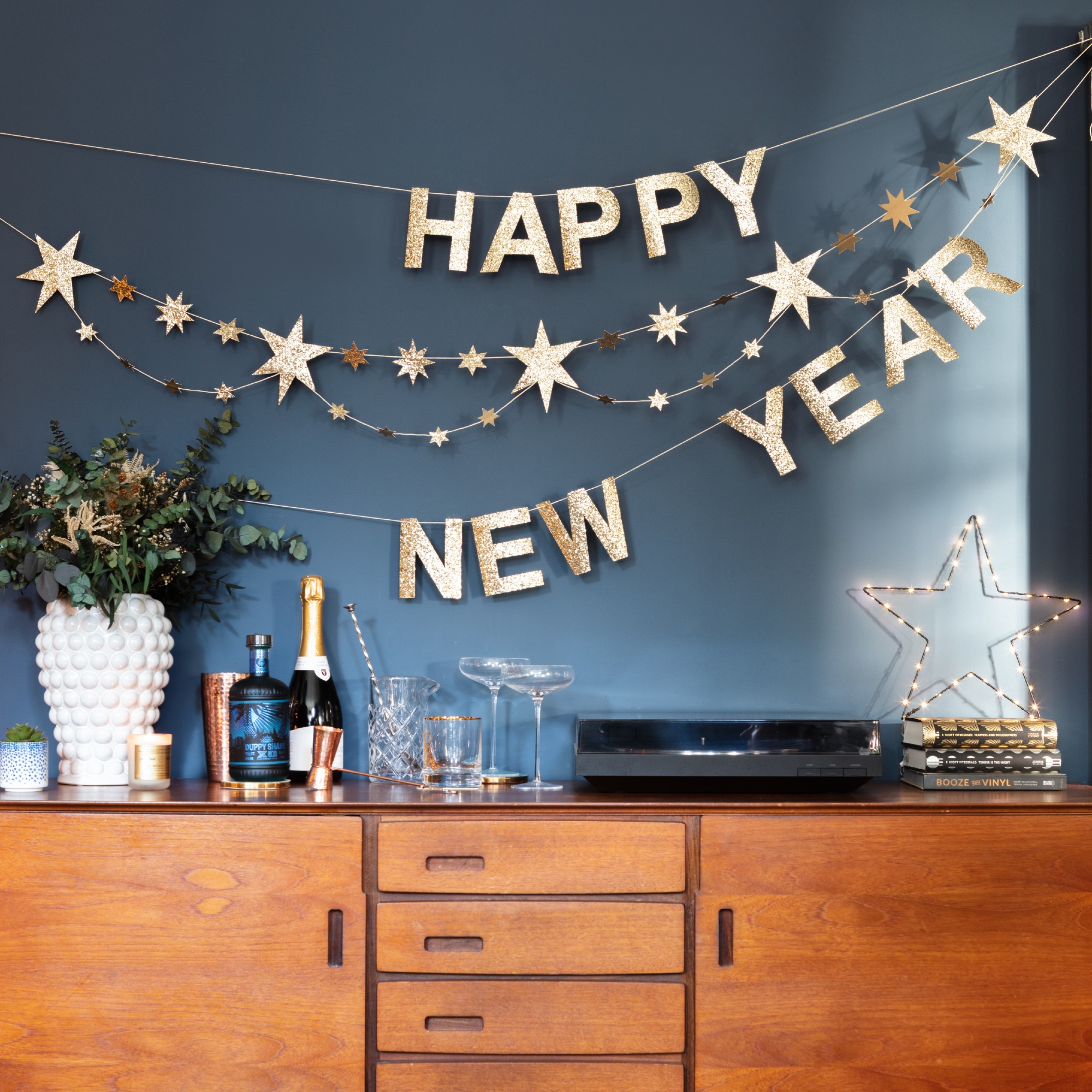 How to reset your home after Christmas to restore a sense of calm
How to reset your home after Christmas to restore a sense of calmFollow these 7 steps to get back to normal at home and beat post-Christmas blues
By Eilidh Williams
-
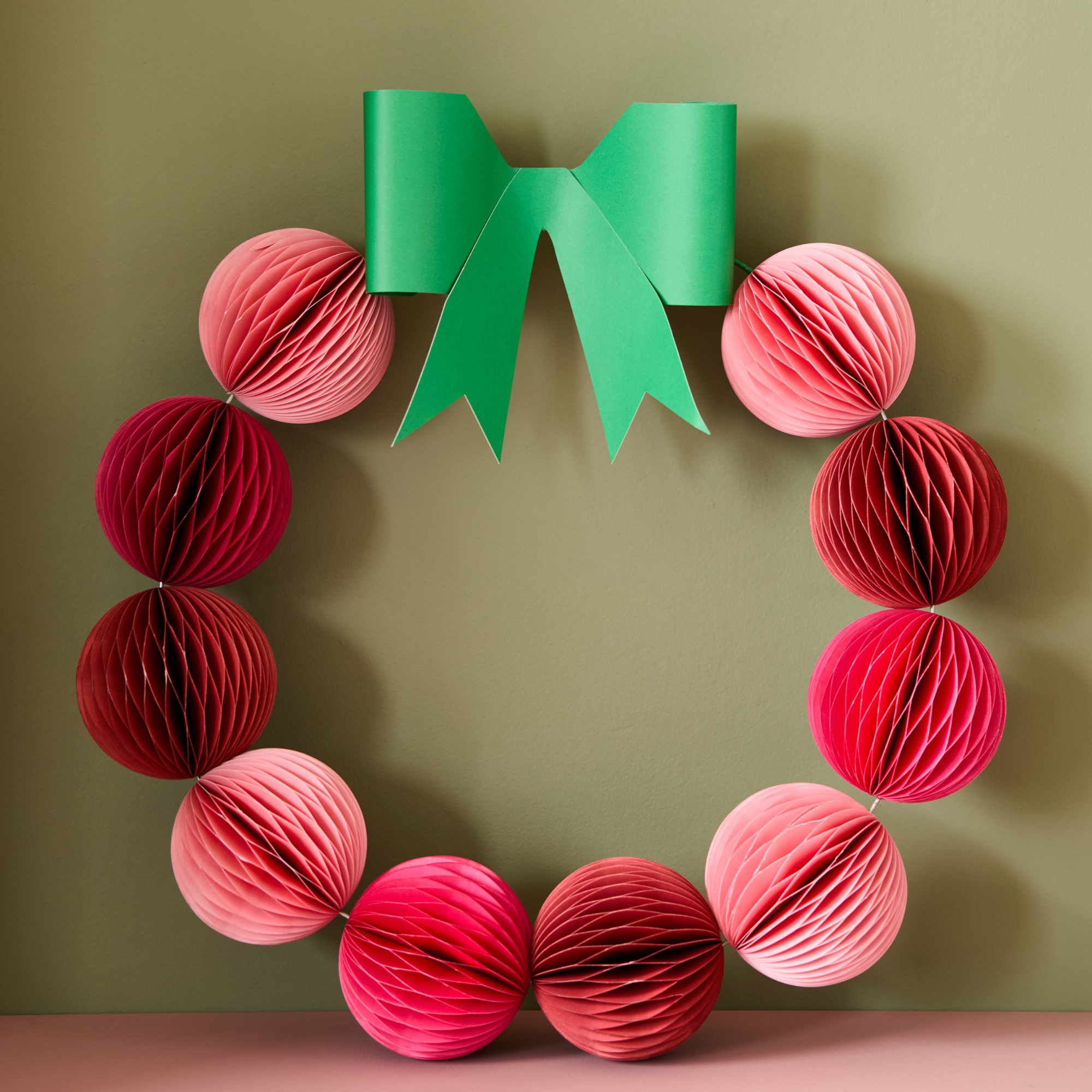 How to turn wrapping paper into bows for last-minute New Year's Eve decorations in 2 simple steps
How to turn wrapping paper into bows for last-minute New Year's Eve decorations in 2 simple stepsDon't let your wrapping paper go to waste this year - make these beautiful bows instead
By Kezia Reynolds
-
 How to transition your Christmas decor for New Year’s – 7 ways to quickly swap and repurpose your festive decor
How to transition your Christmas decor for New Year’s – 7 ways to quickly swap and repurpose your festive decorWelcome the New Year with ease and no stress
By Sara Hesikova
-
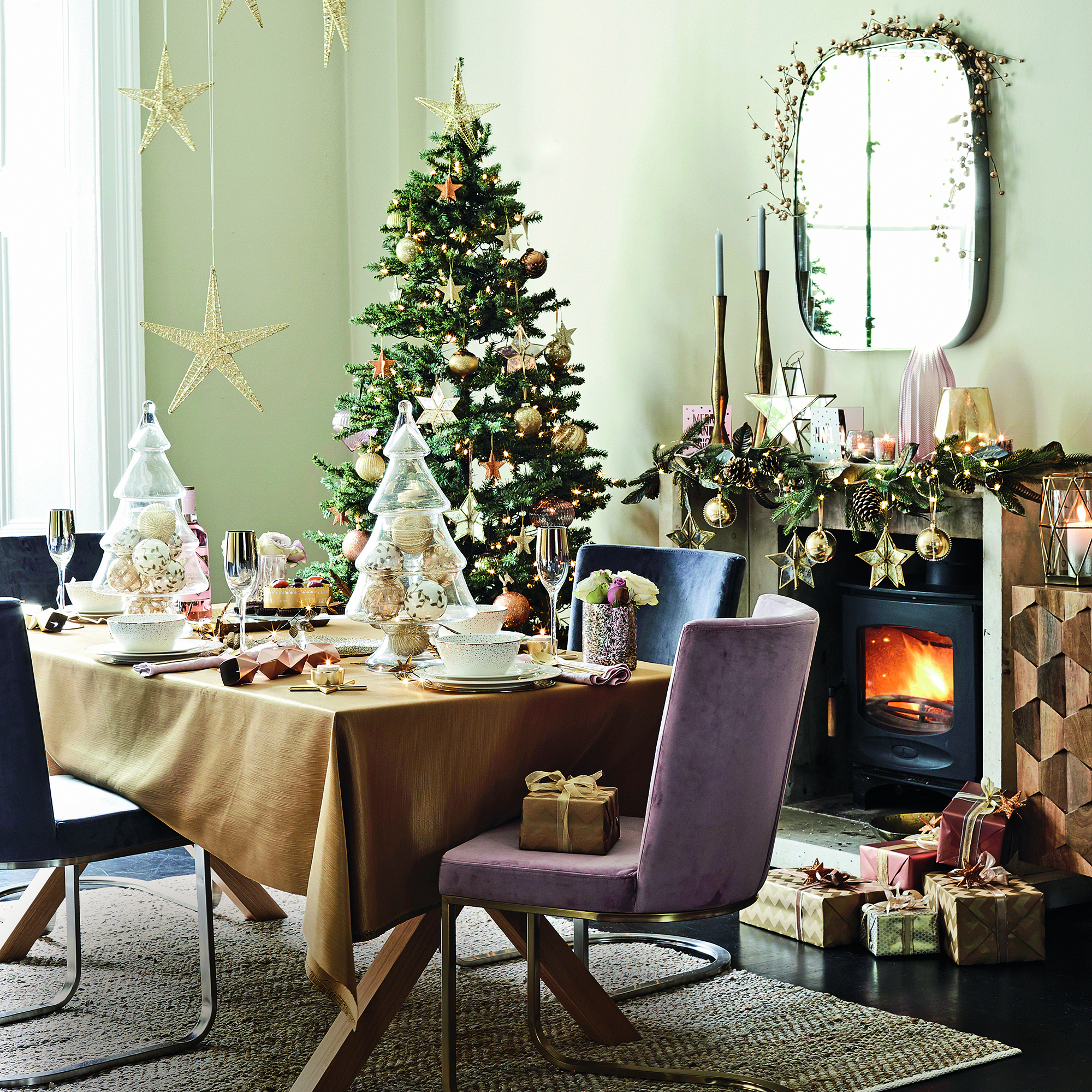 How to craft the perfect festive dining space, according to design experts
How to craft the perfect festive dining space, according to design expertsThe styling and hosting secrets the professionals rely on
By Jennifer Morgan
-
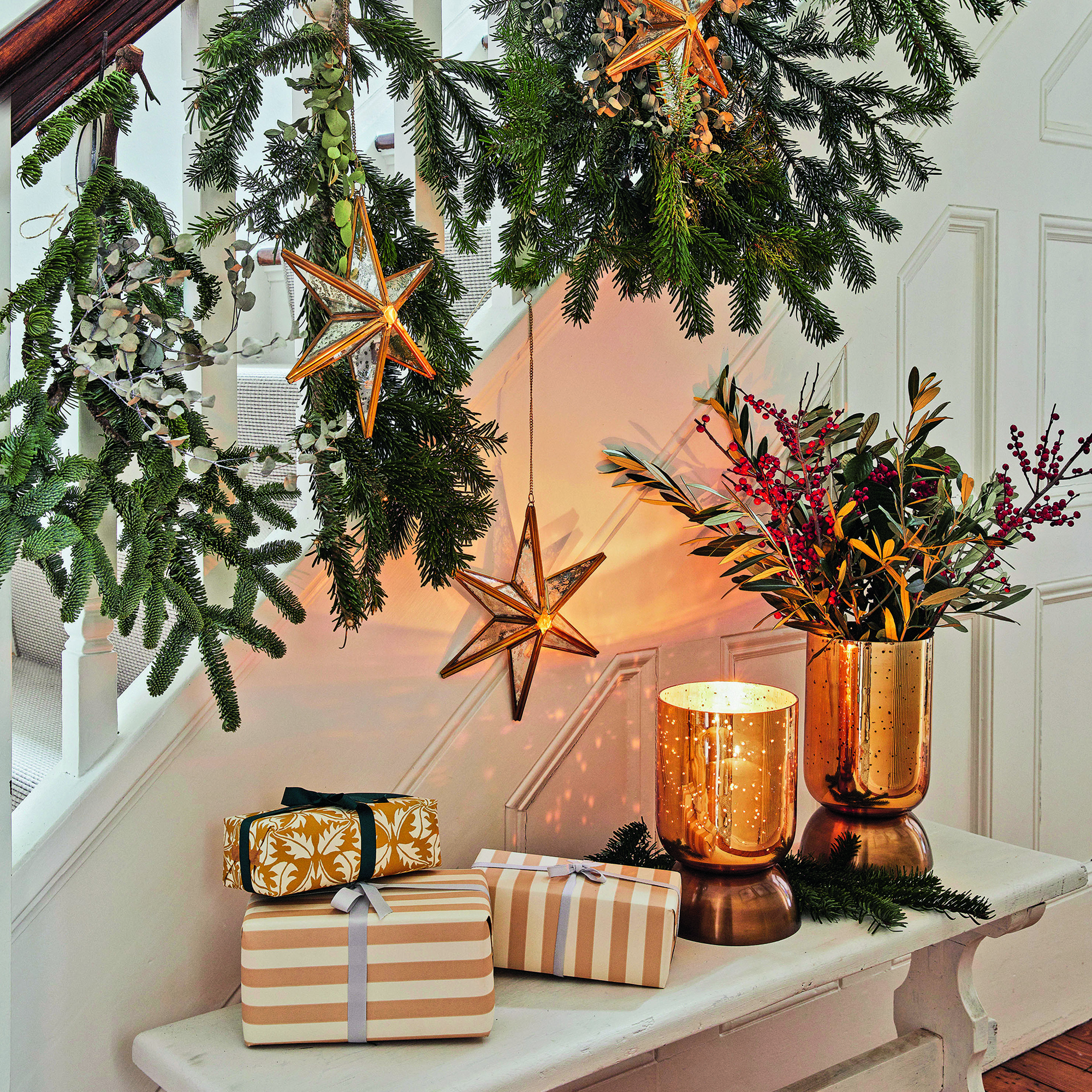 How to use a metallic scheme this festive season, according to an interior design expert
How to use a metallic scheme this festive season, according to an interior design expertMetallic finishes are trending, but if you get the styling right this look could become a holiday season staple
By Charlotte Boyd
-
 How to make clear ice cubes – use this fool-proof method for dazzling cocktails this Christmas
How to make clear ice cubes – use this fool-proof method for dazzling cocktails this ChristmasThis is what you need to do to achieve crystal-clear ice cubes this Christmas
By Kezia Reynolds
-
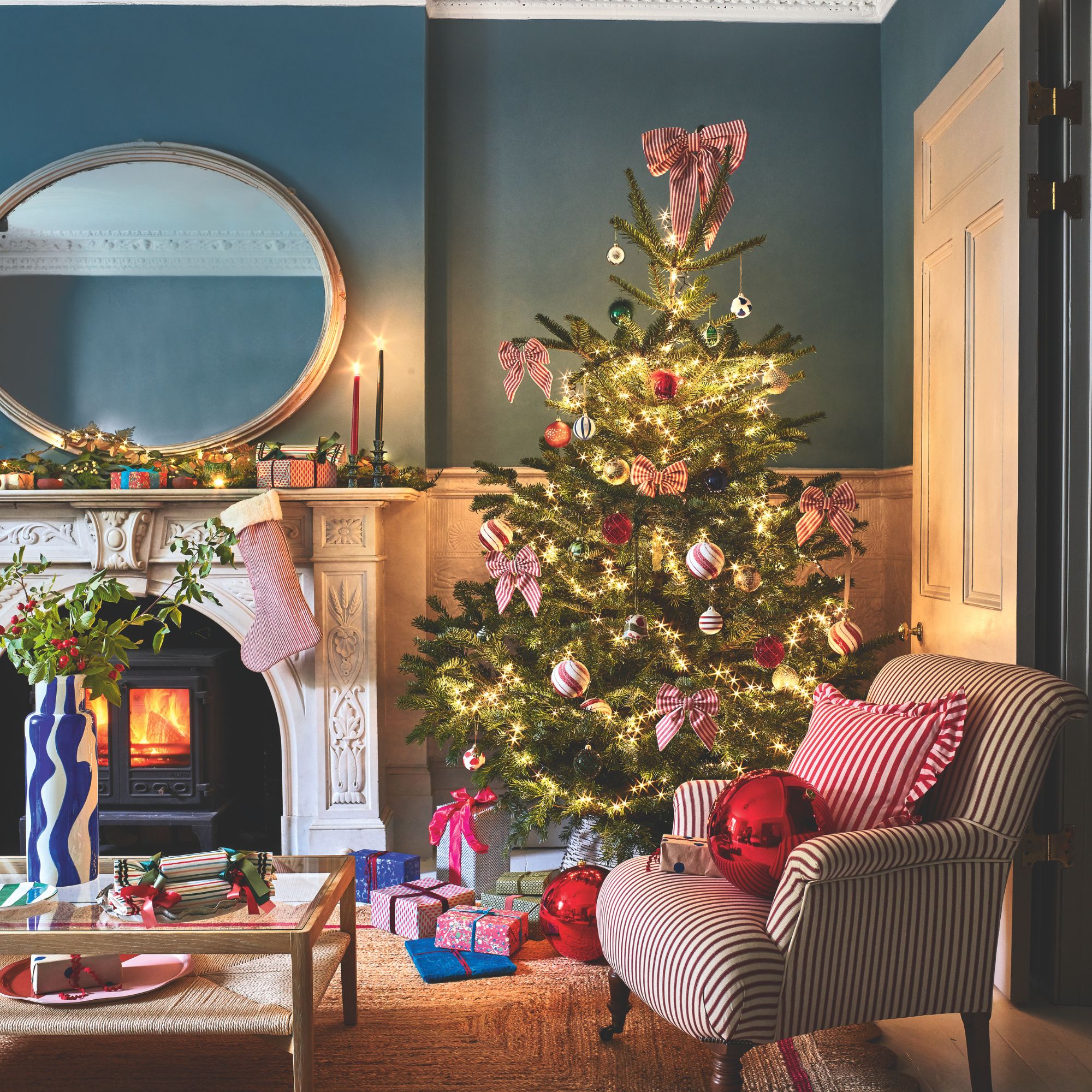 How to get rid of Christmas lights - everything you need to know about safely recycling old fairy lights
How to get rid of Christmas lights - everything you need to know about safely recycling old fairy lightsStep away from the bin, there is another destination for your lights
By Kezia Reynolds
-
 How to elevate paper napkins for Christmas dinner – 6 ways to transform budget paper napkins into creative festive table decor
How to elevate paper napkins for Christmas dinner – 6 ways to transform budget paper napkins into creative festive table decorChristmas decor doesn't need to be expensive in order to look elevated
By Sara Hesikova
